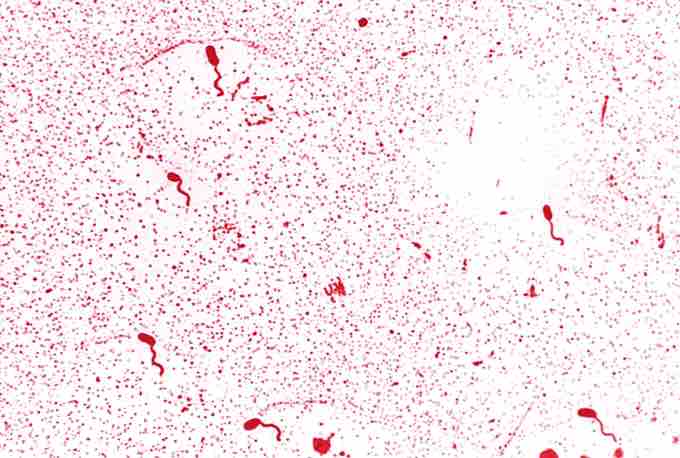Vibrio is a genus of Gram-negative bacteria possessing a curved rod shape (comma shape). Several species of Vibro can cause food borne infection, usually associated with eating undercooked seafood. Vibrio species are prevalent in estuarine and marine environments. Seven species can cause food borne infections associated with seafood. Vibrio cholerae O1 and O139 serovtypes produce cholera toxin and are agents of cholera . Vibrio species are facultative anaerobes that test positive for oxidase and do not form spores. All members of the genus are motile and have polar flagella with sheaths.

Vibrio Cholerae
Flagellar stain of V. cholerae
Patients with noncholera Vibrio wound infection or septicemia are much more ill and frequently have other medical conditions. Medical therapy consists of the following: prompt initiation of effective antibiotic therapy (doxycycline or a quinolone), intensive medical therapy with aggressive fluid replacement, vasopressors for hypotension and septic shock, early fasciotomy within 24 hours after development of clinical symptoms in patients with necrotizing fasciitis, early debridement of the infected wound, expeditious and serial surgical evaluation and intervention to prevent rapid deterioration, especially in patients with necrotizing fasciitis or compartment syndrome. Reconstructive surgery, such as skin graft, is indicated in the recovery phase.
Fecal-oral route infections in the terrestrial environment are responsible for epidemic cholera. Most strains cause gastroenteritis such as V. cholerae non-O1/O139 strains and Vibrio parahaemolytitcus strains capable of producing thermostable direct hemolysin (TDH) and/or TDH-related hemolysin. Vibrio vulnificus is responsible for seafood borne primary septicemia. Its infectivity depends primarily on the risk factors of the host. V. vulnificus infection has the highest fatality rate (50%) of any food borne pathogen. Four other species (V. mimicus, V. hollisae, V. fluvialis, and V. furnissii) can cause gastroenteritis. Some strains of these species produce known toxins, but the pathogenic mechanism is largely not understood.